This “Olive Signature” Blu-ray release from Olive Films (www.olivefilms.com – www.facebook.com/olivefilms) will be available for purchase on November 26th.
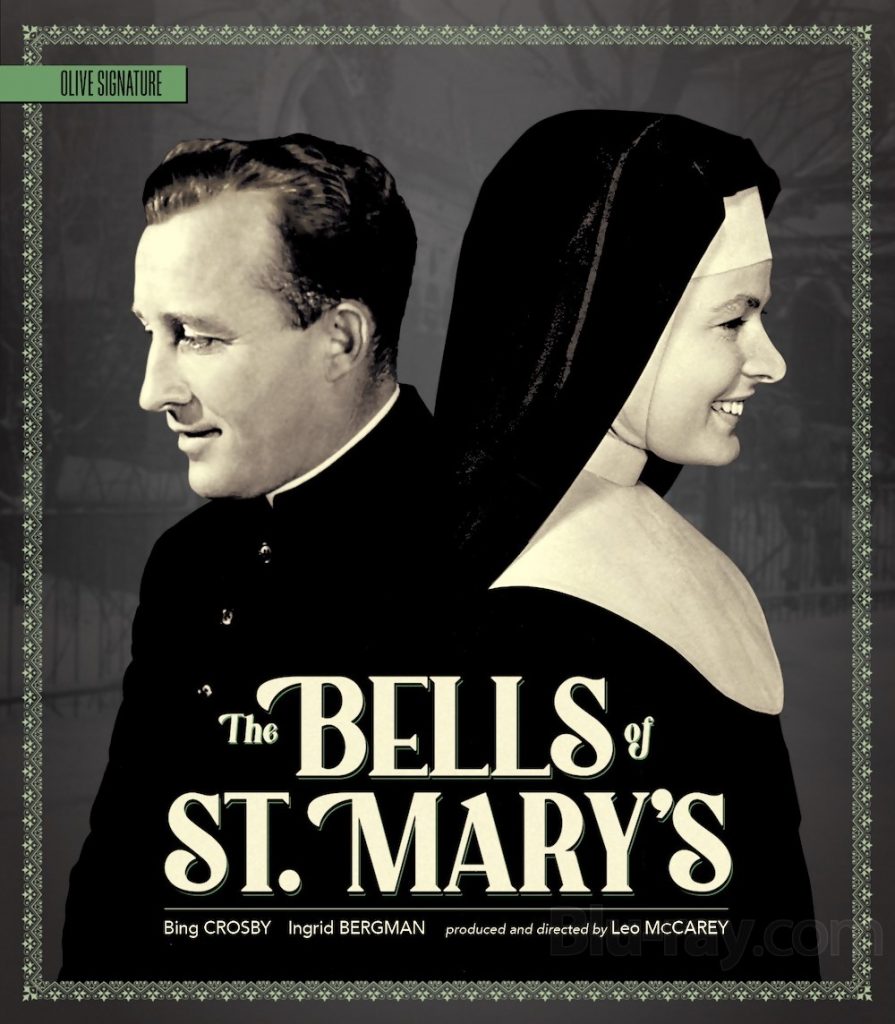
Remember the song, “Swinging on a Star” by Bing Crosby? Well, it was written for the 1944 film Going My Way starring the famous performer. While this reviewer had never heard of the feature, it has an interesting and notable history. Apparently, producer/director Leo McCarey was, at the time, not only an established comedy filmmaker (he discovered Laurel and Hardy), but was a Catholic who wanted to make a film featuring the religion. Crosby came from a similar background and the two fought against a concerned Paramount Pictures (who didn’t think there would be much public interest in the project) and ultimately made the movie. Rumor has it that when the studio saw the rushes, they so disliked the footage that they tried to buy the two men out and stop the production. Unwavering, the pair continued and the movie not only became the highest grossing picture of 1944, but won seven Academy Awards including Best Picture.
Bolstered by their surprise success, the two men set out to make a sequel on their own means. The result was The Bells of St. Mary’s, a follow-up featuring the lead character assigned to a new parish and dealing with a group of nuns. Despite similar concerns from new studio partner RKO Pictures, the movie was another huge success and received 8 Academy Awards nominations, although it only ended up winning one for Best Sound. Olive Films are releasing the hit film as part of its Signature Edition line, presenting it with a newly cleaned up picture and several interesting extras.
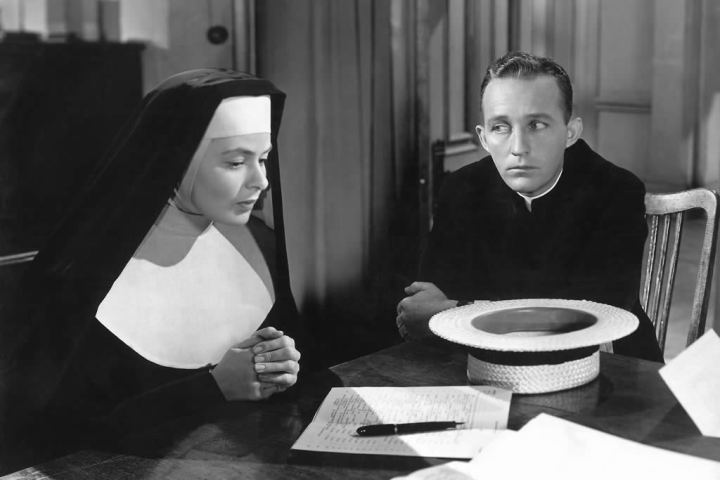
The story itself is quite simple. Unconventional and low-key Father Chuck O’Malley (Bing Crosby) is assigned to work at a financially struggling parish populated entirely by nuns. He immediately butts heads with the more conservative Sister Mary Benedict (Ingrid Bergman), particularly when determining how to handle various affairs. These issues include a school on the property which is close to being condemned and overtaken by businessman Horace P. Bogardus (Henry Travers), a student who is being bullied by a classmate, and another young woman who is dropped off at the school by her mother and seems to be struggling in class. While there are some serious undercurrents to some of these subplots, it’s all handled very lightly and much of the conflict between the two leads feels more like a sort of friendly competition than a true battle.
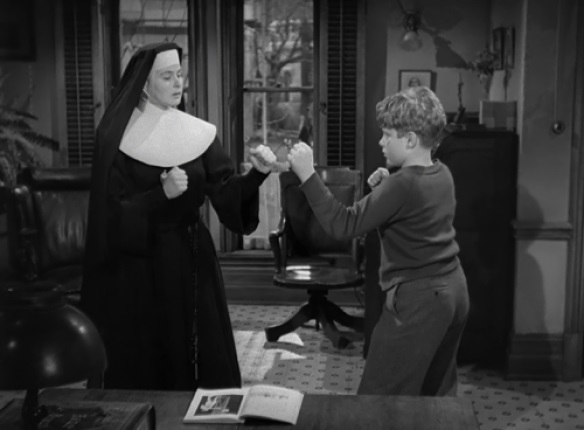
And while the material is slight, the leads are very charming and quite a few of the gags are funny. In particular, the subplot of the young boy being bullied leads to some funny moments after Sister Mary gets involved. She begins training the boy to defend himself, leading to some amusing moments during training sessions between the boy and a nun. There are other cute sequences, including one in which the leads are asked to watch a Christmas-themed play written and staged by very young students. And many jokes are derived from O’Malley’s rather devious methods of tricking businessman Bogardus into doing good deeds, helping the parish and perhaps even making a significant donation to help them out.
To someone from a different era and background, the results aren’t exemplary, but certainly amusing as these characters attempt to one up each other in a series of different scenarios. The movie makes of point of never pushing its religious message very hard, instead focusing on more relatable plot elements, like the characters and their struggles with each other, as well as their attempts to stay afloat and continue their charity work for the neighborhood community. The reason it is as successful as it is may be the fact that the cast are so charming. Bergman illuminates the screen and actually is the lead character in this sequel. Her interactions with Crosby are consistently playful and their bickering never comes across as anything but good-natured.
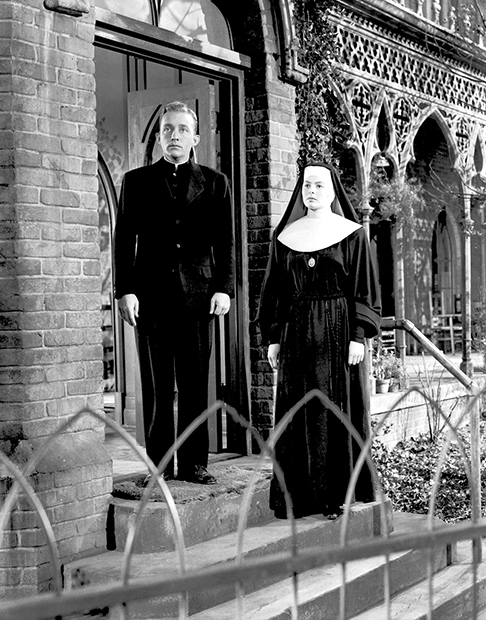
The movie arrives in high definition looking very sharp and clean overall with a 4K restoration that is striking. And as great as the feature appears, the extras are equally enjoyable, providing some interesting tidbits about how the film came to be and the frustrations McCarey and Crosby went through in getting their project to the big screen.
There’s an excellent audio commentary by Bing Crosby biographer Gary Giddens who goes into all of the details behind-the-scenes. He brings ups the history of director McCarey and his work with Laurel and Hardy, going into detail on the filmmaker’s unique working style. The expert reads off sections of the original screenplay and shows just how different the final product was. Apparently, McCarey enjoyed improvising and many of the scenes changed as the actors rehearsed on set. The naturalism of the performances certainly helps the movie and lends a bit of humanity to the proceedings. In fact, the children in the Christmas play scene were actually asked to create it for real, and the chaotic but very cute end results were authentic.
This information shows both the improvisational working style of the filmmaker and lends some understanding at how nervous the studio might have been, especially given the fact that many of the script lines were stiffly written placeholders for what would ultimately transpire (as well as a couple of strange plot elements towards the end that remain quite difficult to believe). The track also explains how Bergman became involved in the film and what appealed to her about playing the role. While there may have been trouble with studio executives, it seems as though the cast and crew got on extremely well. It’s an incredibly detailed and interesting audio track.
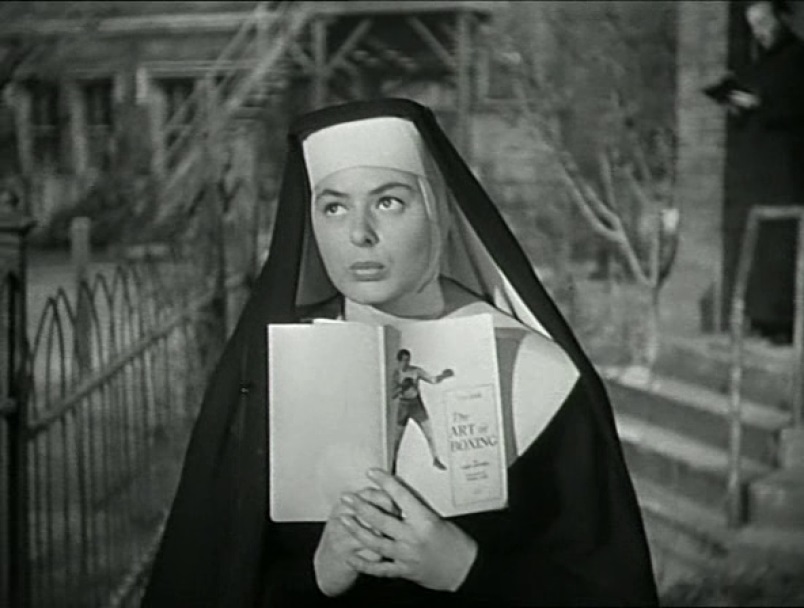
Historian Steve Massa also adds some details about Leo McCarey’s career and the movie itself, as well as more details about his struggles to get both this picture and its predecessor produced. It’s another interesting discussion with plenty of intriguing details that most viewers (myself included) would not have known otherwise.
The release also includes an enlightening discussion with Sr. Rose Pacatte on the movie and some classic movies about faith, telling us how The Bells of St. Mary’s comes across from her perspective. She makes some points about what is accurate and what would never happen in a real parish (for instance, O’Malley and a doctor hiding personal health information from a nun). She still seems amused by the movie in general and provides an interesting viewpoint on the picture.
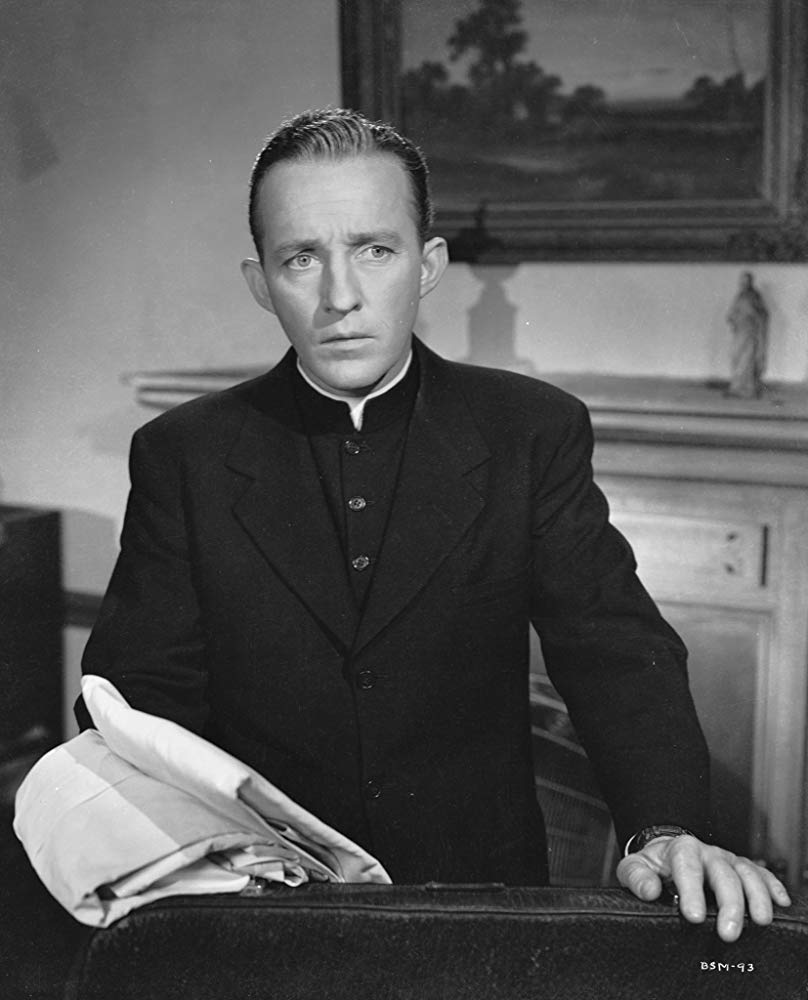
There’s also a discussion with Prof. Emily Carman on sequels and how Hollywood viewed the practice back in the 40s. Believe it or not, there was a time when even the movie studios thought that making a follow-up might be beneath them and how much many would try to avoid it. She goes into early examples of sequels that were produced (like the Universal Monster series) and details the attitudes of the era towards these types of films.
Additionally, the disc includes two half-hour radio adaptations of the movie from 1946 and 1947 that feature Crosby, Bergman and other cast members reprising their roles in the radio adaptation.
The new Olive Signature disc of The Bell’s of St. Mary’s is by the far the best presentation of the film ever, and includes some great bonuses that will help those familiar and unfamiliar with the movie come to a better understanding of what was being attempted, along with all of the unusual elements that were combined to make the picture a financial and critical success.


